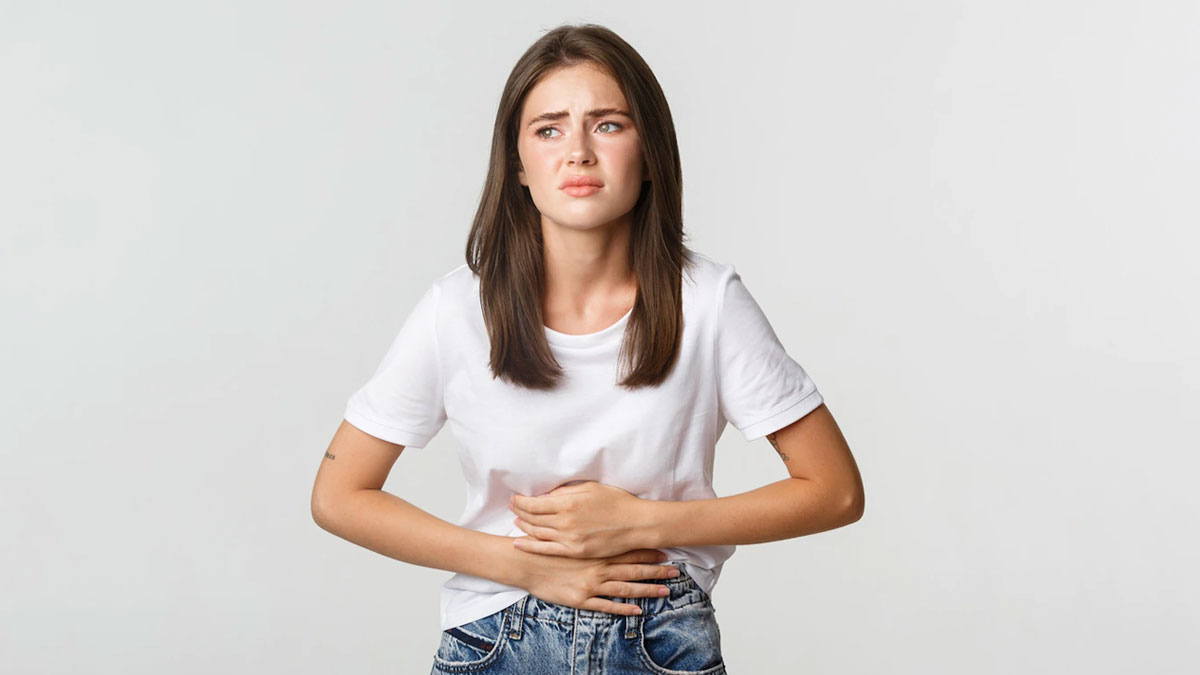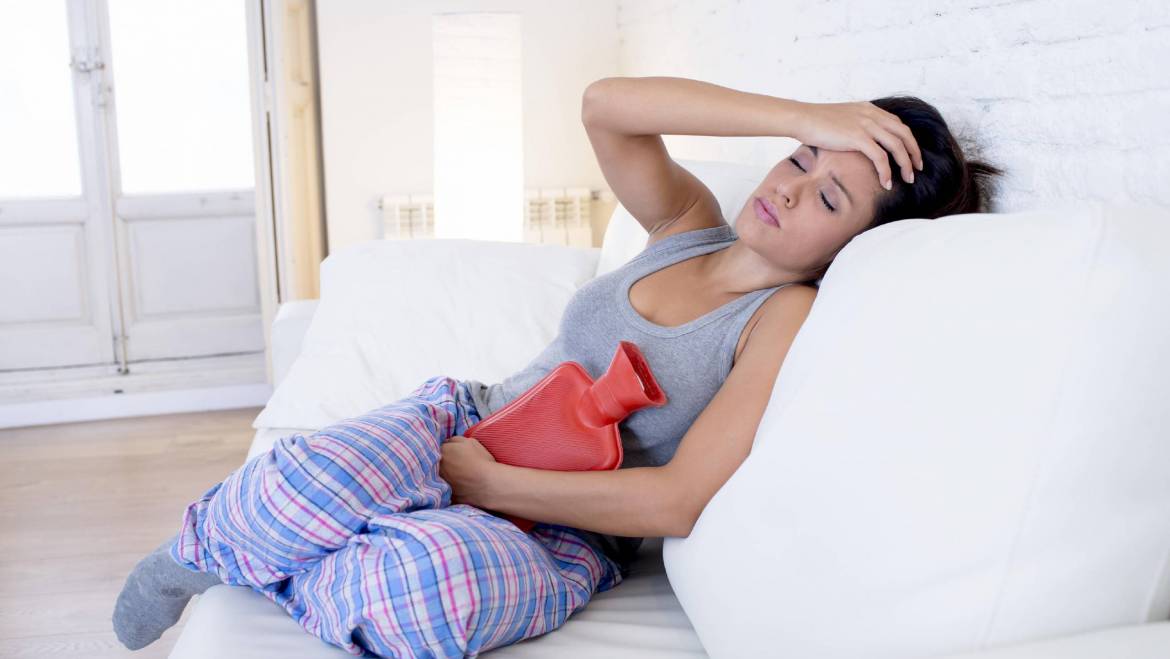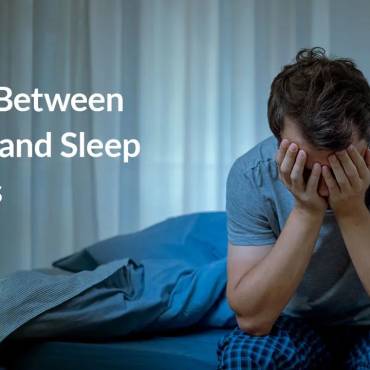It’s common to feel discomfort around your abdomen and lower back when you are menstruating. During your periods, the muscles of your uterus contract and relax to help shed the built-up lining. Sometimes you will experience cramps. Some people may also experience nausea, headaches, vomiting, and diarrhoea. Doctors are not sure why some menstruate women experience painful symptoms while others don’t. Factors that are responsible for causing intense pain include:
- Having your first child
- Having a heavy menstrual flow
- You are having an overproduction of or sensitivity to prostaglandins, a compound in the body that influences your uterus.
Other factors include:
- Use of contraceptive pills
- Growths in the uterus
- Abnormal tissue growth (endometriosis)

How to reduce menstrual pain instantly?
Some home remedies can help reduce discomfort and pain for mild to temporary menstrual cramps. Read on for tips on getting the menstrual pain relief and learn how potentially lessen the pain during your next cycle.
Taking over-the-counter medications
Nonsteroidal anti-inflammatory drugs are commonly used over-the-counter products for pain relief recommended for menstrual pain and heavy menstrual bleeding. NSAIDs include naproxen and ibuprofen. These medications cause a significant reduction in prostaglandin production. However, NSAIDs are not as effective as birth control pills at lowering prostaglandin production, but they can help reduce pain and discomfort associated with the condition. Birth control pills are considered the best pain reliever for menstrual cramps. Make sure you take them under a doctor’s supervision.
Apply a heat pack
Applying a heat pack on your abdomen and lower may relieve pain. Studies found heat therapy was as effective at treating menstrual pain as NSAIDs. It also comes with minimal side effects. However, experts believe that more research is needed. If you don’t have a heating pad or a hot water bottle, you can take a warm bath or use a hot towel.
Massaging with essential oils
Massaging for about 20 minutes can do the trick. Pressing specific points helps while the therapist’s hands move around your abdomen and back. Using essential oils may have additional benefits. A study found that massage therapy can provide menstrual pain relief. Some essential oils that help with menstrual discomfort include peppermint, lavender, rose, and fennel. Be sure to dilute your favourite essential oil with carrier oil. Examples include nuts or vegetable oil such as sweet almond oil or grapeseed. One drop of essential oil per teaspoon of carrier oil is enough.
Avoiding certain foods
While you are having your periods, it is best to avoid certain foods that cause bloating and water retention. Avoid fatty foods, caffeine, salty foods, carbonated beverages, and alcohol. Reducing the consumption or complete elimination of these foods can helps reduce tension. You can try mint or ginger teas or hot water flavoured with lemon instead if you need a sugar dose, and snack on fruits such as raspberries and strawberries.
Incorporate herbs into your diet
These herbal remedies contain anti-inflammatory and antispasmodic compounds that can reduce muscle contraction and swell associated with menstrual pain. Herb or supplement that helps lower menstrual cramps include chamomile tea, cinnamon, ginger, fennel seeds, and French maritime pine bark extract.
Exercise
Research says a low to medium-intensity aerobic exercise may help reduce pain and discomfort associated with menstruation. Moreover, scientists found that women who performed thirty minutes of aerobic exercise three days a week for eight weeks showed a significant reduction in period cramps. To incorporate an aerobic workout into your schedule, consider going for a walk at lunchtime, dancing to your favourite music, or playing a sport you enjoy.
Yoga to relieve cramps
Research says as aerobic yoga may also be effective at reducing menstrual pain. Moreover, those who indulge in 60 minutes of yoga once a week for twelve weeks experience reductions in their period pain. If you want to try yoga, look for a session that includes both physical and relaxation components. Experts suggest that this combination works best when reducing period cramps.
Stay hydrated
Dehydration leads to menstrual cramps that might feel more painful. Make sure you have drunk at least eight glasses of water a day. You will need more if it’s hot, you have been exercising, or you feel thirsty.
Consider acupressure
Acupressure can provide relief from various types of pain. Applying firm pressure to specific body parts using your fingers helps ease various symptoms. Evidence suggests that acupressure may lower the severity and duration of menstrual cramps. Moreover, rubbing circles on your calf at a point above your ankle can relieve the menstrual cramp. To try acupressure therapy, follow these steps:
- Measure your fingertips up from the inside of the ankle bone
- Gently rub this area for 5 to 7 minutes
- Repeat the pressure therapy daily as needed before and during your period.
When should you consult a doctor?
Although periods are common, however, severe pain isn’t normal. You will want to fix an appointment with a doctor to see if you have cramps that are so painful that you can’t perform even your simple daily activities. Moreover, extreme pain could indicate serious health issues that need treatment, such as endometriosis, uterine fibroids, pelvic inflammatory disease, adenomyosis, cervical stenosis, and sexually transmitted infections.
The Bottom line!
Menstrual cramps are common, but there are times when they interfere even with your daily activities. The good news is that you can take steps to reduce the pain and discomfort caused by these cramps. However, if the pain doesn’t resolve within a few days, or you find difficulty functioning due to the pain, be sure to follow up with your doctor.
Also Read: Safe Days of a Woman after Periods
admin
Latest posts by admin (see all)
- What is Triluma Cream? Uses, Benefits, and How It Works for Skin - December 26, 2024
- What Causes Dark Spots? Understanding the Science of Hyperpigmentation and How Skin Lightening Products Help - December 26, 2024
- Tretinoin Gel vs. Cream: Which Formulation is Right for Your Skin? - December 20, 2024



